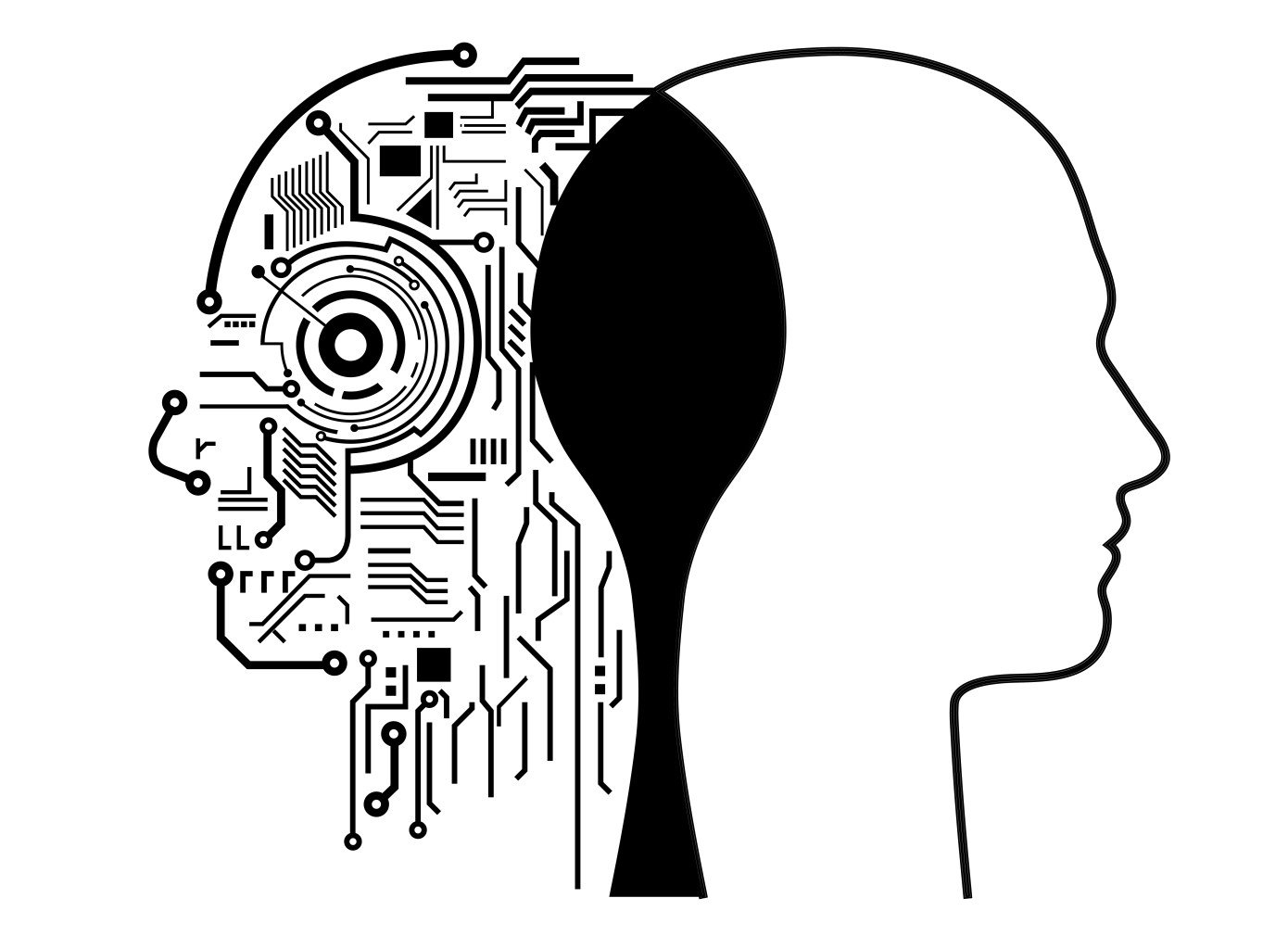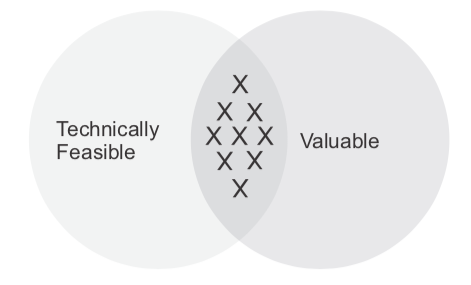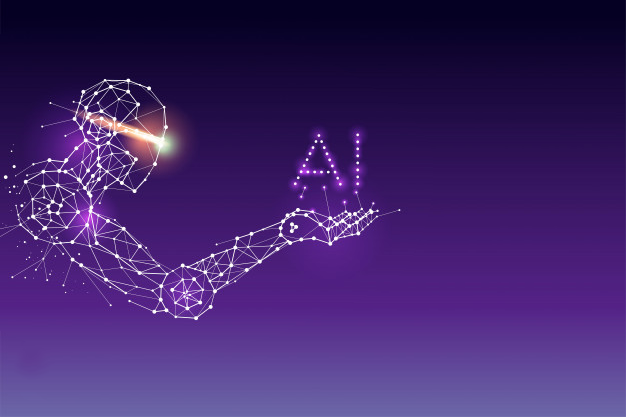Ajay Kumar SahooDownload Article
This story goes back almost four and a half decades. In a village, in a remote part of India, there was an old haunted railway station. Haunted for years. The villagers would avoid going anywhere near it after nightfall. Some villagers would swear they heard hushed voices coming from it, sometimes a scream as well. Some even had small stones hurled at them when they approached too near the building, causing them to retreat immediately. And, the scary part is, all this was true! This continued for years. And then, one fine day, the police led away from a gang of four who were operating their illegal business from the abandoned building and kept the ghost story alive.
Now, AI has become the ghost story of the new millennium. Not only have the “killer robots” of the Terminator series, and other movies of the same genre, provided ready fodder for the collective fear psychosis, but some peddlers of the new tech (the so-called AI brahmins) too are guilty of being hand in gloves to keep the AI monster alive so that the general public and non-techies don’t go anywhere near it and they can write their own paychecks. (In fact, this is what some ML engineers did when they were signed on from abroad at unheard-of salaries by a few Indian corporates who were too eager to start their AI journey and steal a march over their competition.)
Artificial Intelligence, or to be more precise, Artificial Specific Intelligence, is a catch-all term using, to a more or lesser extent, Machine Learning, (Artificial) Neural Network / Deep Learning and Data Science. Artificial (Specific) Intelligence (e.g. Smart Speakers, Self Driving Cars, sundry chatbots) are just one-trick-ponies good at one, and only one, a thing they have been trained for and nothing else. As opposed to Artificial Specific Intelligence, the technological advancement in the other AI – Artificial General Intelligence, where the machine can do anything that a human can do or more – hovers around the greatest contribution of India to the world – zero. And it will take maybe decades or even centuries to get there. So, rest assured, no killer robots in the near or foreseeable future.
Machine Learning is the field of study that gives computers the ability to learn without being explicitly programmed (Arthur Samuel). Data Science is the science of extracting knowledge and insight from data. An artificial Neural Network is just a big mathematical equation that tells it, given the inputs ‘A’, how do you compute output ‘B’.Neural networks and Deep Learning are essentially the same things.
The most commonly used type of machine learning is a type of AI that learns A to B, or input to output mappings. This is called Supervised Learning.
- Spam Filter :
- Input A = an email
- Output B = It is a spam or not
- Speech Recognition:
- Input A = Audio Clip
- Output B = Text Transcription
- Machine Translation :
- Input A = English
- Output B = A different language eg. Chinese, Spanish
- Online Advertising:
- Input A = Some info about an ad and some info about you
- Output B = Figure out will you click on this ad or not
McKinsey Global Institute estimated that by 2030, AI would be adding 13 trillion dollars of value to world economy – a China every year. But, be that as it may, the obvious question that arises is ‘Why should I bother about AI? It is (or should be ) the IT department’s baby’. Nothing can be farther from truth. Now AI has become all pervasive, affecting all industries, all functions.
- Sales e.g.
- Sales Funnel Optimization (Data Science)
- Leads sorting and prioritization (Machine Learning)
- Manufacturing e.g.
- Analyzing defects in manufacturing (Data Science)
- Visual inspection (Machine Learning)
- HR e.g.
- Recruitment Funnel (Data Science)
- Automate resume screening (Machine Learning)
- Marketing e.g.
- A-B Testing (Data Science)
- Customized product recommendation (Machine Learning)
More often than not, it is a cross-functional team consisting of domain experts and AI engineers who conceive an AI project, collect data, train the model, deploy it and iterate to make it more robust. The domain experts tell whether an AI project will be valuable to the organization. The AI engineers tell whether it is going to be technologically feasible.
One should pick up an AI project for implementation that lies at the intersection – it should be valuable to the organization and also technically feasible.

While starting off on an AI journey, it is always advisable to pick a project which has a greater chance of success rather than one which is most valuable for the organization.
3 Principles of Choosing an AI Project
- Think about automating tasks instead of automating jobs
- Find out what are the main drivers of business value
- Find out what are the main pain points in your business
Andrew Ng, an adjunct professor at Stanford University and co-founder of Google Brain and former Chief Scientist at Baidu, building the company’s Artificial Intelligence Group, has written an AI Transformation Playbook (https://landing.ai/ai-transformation-playbook/) which lists the steps as under:
- Execute pilot projects to gain momentum
- Build an in-house AI team
- Provide broad AI training
- Develop an AI strategy
- Develop internal and external communications
But while executing an AI project, one must steer clear of the following pitfalls :
- Don’t expect AI to solve everything
- Don’t just hire 2-3 M/L engineers and count solely on them. You should pair engineering talent with business talent and work cross-functionally to find feasible and valuable projects
- Don’t expect AI project to work the first time
- Don’t expect the traditional planning process to apply without changes
- Don’t think you need superstar AI engineers before you can do anything
Take a small step today. And you’d have taken a giant step towards ensuring your career and your continued relevance in the foreseeable future.










